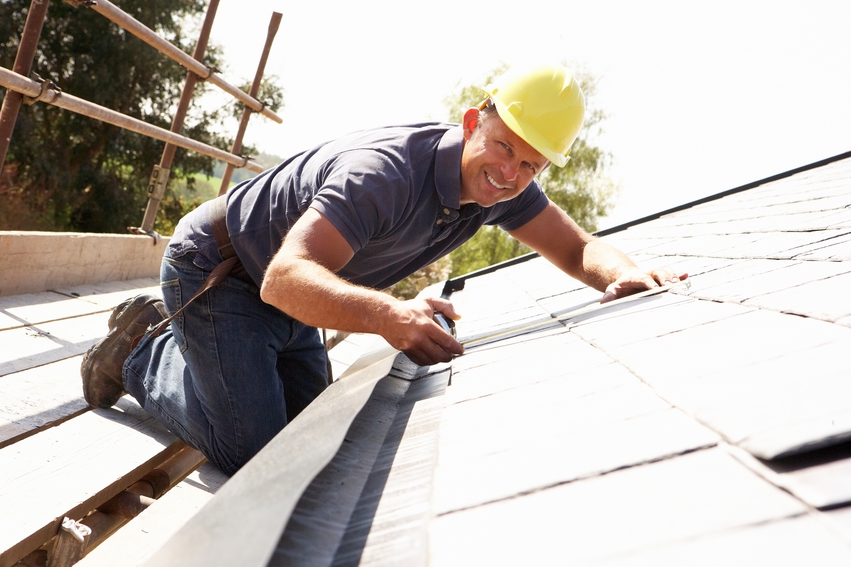
Published on May 4, 2016
 So, you need a new roof. Maybe you’ve contacted several contractors and had them come out so you can meet them and get an estimate. Now you’ve got a number of bids to sift through and compare, and you may well be wondering how each roofer arrived at their estimates, which may vary considerably. Well, wonder no more! Let’s take a look at the specific factors involved.
So, you need a new roof. Maybe you’ve contacted several contractors and had them come out so you can meet them and get an estimate. Now you’ve got a number of bids to sift through and compare, and you may well be wondering how each roofer arrived at their estimates, which may vary considerably. Well, wonder no more! Let’s take a look at the specific factors involved.
The size of your roof
This is probably the most obvious factor. The greater the size, the greater the amount of work needed to deal with it. Typically, roofers will measure for square footage to determine the “roofing squares.” One hundred square feet equals one roofing square. Roofers use this formula because the materials we use are sold in these units.
Removal of the old roof
The cost here is determined by several factors which taken together affects the amount of time and labor needed to perform the work. The heavier the materials and the greater the number of layers, the longer they’re going to take to tear off and dispose of the roofing debris, and therefore the more costly the process.
Slope of the roof
Two factors come into play here. The angle or pitch of the roof, if it’s extreme enough, will require considerably more work than a flatter surface. A very steep pitch, for instance, is unsafe to walk on and therefore more hazardous and difficult to work on. There will also be more labor involved, as the situation may require the setup of toeboard and/or scaffolding. Additionally, the slope is a factor in determining the type of underlayment needed.
The variety of components
A lot more goes into roof construction than most people realize. Roofers aren’t simply slapping new shingles up there. There is the decking and underlayment to consider – the material at the base of the roof upon which tiles or shingles are attached, plus insulation and ventilation and types of fasteners – nails, screws, etc. The combination and specific types of these components all have a bearing on total cost.
Type of roofing material
Shingles, tiles and so forth vary widely in terms of aesthetic design, strength, durability and other factors. Obviously, the better the quality in any of these categories, the more you can expect to pay. Again, the slope of a particular roof can determine which materials are suitable.
Flat roofs may allow for single-ply PVC, coatings, hot-mop built-up roofs, or torch down. Sloped roofs can get by with asphalt composition shingles as an affordable option and treatments to improve longevity can be considered, adding to the cost. On the more expensive end, wood shakes, traditional tile and metal roofing are common choices, while on the more affordable side, you have several different compositions and styles.